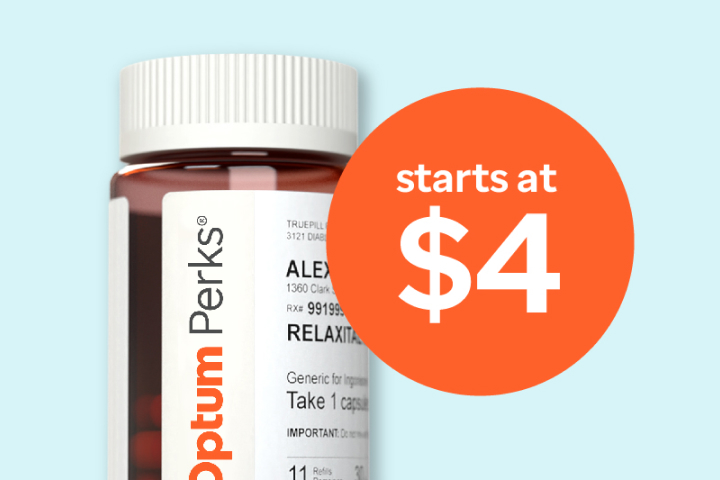You may be able to work out the cause of your muscle pain — for example, overexerting yourself during a workout. However, sometimes, the reason for sore muscles may not be obvious.
Understanding the root cause of body aches and pains can help you choose the most suitable treatment option.
There are several possible causes for sore muscles. In no particular order, these include:
1. Electrolyte imbalance
Electrolytes are minerals essential to the body’s functioning. In addition to moving nutrients into the cells and removing waste, they are critical to muscle and nerve function.
When electrolytes are high or low, you can experience physical symptoms. If your body has either high or low levels of magnesium, potassium, or calcium, it can make you feel tired or lethargic. You can also experience muscle weakness.
Low potassium can cause muscles to twitch, while high potassium can lead to muscle cramping or weakness. A doctor can check your levels with a blood test to confirm whether you have an electrolyte imbalance.
2. Dehydration
The body is around 55–65% water, so when our hydration levels are low, it can cause physical symptoms like muscle cramps. Dehydration can also lead to fatigue, dark urine, thirst, and headaches.
While good hydration is important for everyone, some people have a higher risk of becoming dehydrated. For example, this includes if you:
- are an older adult
- exercise at high intensity
- are pregnant
- taking certain medications
3. High stress levels
Living with stress can cause your body’s “fight or flight” response to prepare you for a perceived danger or threat. It also puts you in a state of readiness that causes your muscles to tense and be on edge.
Stress can also cause physical symptoms, such as headaches, digestive issues, sleep problems, and weight changes. Often, stress is due to challenges in our daily lives, like work or home stress, money concerns, or dealing with a long-term illness.
4. Injury from exercise
Exercise can cause sore muscles, even if you haven’t exercised the day you have the symptoms.
This is more likely to happen if you overexert yourself when exercising. This is because it can cause a change in the body’s ability to recover from exercise, so there isn’t enough time to repair damage before you use those same muscles again.
Starting a different type of exercise that uses different areas of the body can also lead to muscle soreness. You may notice the soreness during or immediately after exercise, but it might not occur until a couple of days later. This is known as delayed onset muscle soreness (DOMS), which can lead to sore muscles 48–72 hours after beginning a new type of exercise.
5. Medication side effects
Some medications may cause sore muscles as a side effect. Common examples include:
- Statins: Doctors often prescribe these drugs for their cardiovascular benefits, but they may cause mild muscle pain. Examples include atorvastatin (Lipitor) and fluvastatin (Lescol).
- Corticosteroids: The long-term use of corticosteroids may cause muscle weakness. Examples include triamcinolone (Trivaris), betamethasone (Sernivo), and dexamethasone (Decadron).
As well as steroids and statins, many other medications can also cause muscle symptoms.
6. Underlying medical conditions
Several medical conditions can also cause sore muscles. These include:
- Myalgic encephalomyelitis (ME)/chronic fatigue syndrome (CFS): ME/CFS can make daily tasks difficult. It can lead to symptoms such as muscle pain, joint pain, or headaches and worsen after physical or mental exertion.
- Peripheral artery disease: This is where there is a narrowing of the arteries that carry blood away from the heart. The most common symptom is painful muscle cramping in the lower part of the body during exercise or walking.
- Hypothyroidism: This condition can occur when your body doesn’t make enough thyroid hormone. It can lead to generalized muscle pain and weakness, called hypothyroid myopathy, and affects about 79% of people with hypothyroidism.
- Lupus: This is an autoimmune condition that can cause symptoms such as muscle pain and stiffness, with or without swelling. If you experience a flare-up, your symptoms can worsen.
- Rheumatoid arthritis (RA): RA is an autoimmune and inflammatory condition. It causes the immune system to act on the body’s healthy cells, mostly at the joints, causing inflammation and tissue damage. Pain is one of the most common symptoms of RA and can lead to tenderness and impaired muscle function.
What lifestyle measures can help?

If you’re experiencing muscle soreness, several methods can help. These include:
- getting enough hydration and electrolytes, especially before, during, and after exercise
- finding ways to help reduce stress
- working with a physical therapist or nutritionist during any new or prolonged exercise program
- reviewing your current medication options with a doctor
- treating any underlying medical conditions you know you have
- warming up before exercise and cooling down afterward
If you have other symptoms you can’t explain, a doctor might be able to diagnose the cause, particularly if you have an underlying medical condition.
Treatment options for sore muscles
Several over-the-counter (OTC) drugs can help relieve pain, including oral medications like ibuprofen (Advil), naproxen (Aleve), and acetaminophen (Tylenol).
There are also many topical gels, patches, and creams with medicinal ingredients like lidocaine, which has a numbing effect. Lidocaine is also available in prescription-only formulations. OTC lidocaine products include:
- Absorbine Jr.
- Aspercreme
- Salonpas
A pharmacist can help you to choose the OTC option that might work best for your sore muscles.
Many prescription drugs are also available for muscle soreness. You can discuss these options and your symptoms with a doctor.
- lidocaine (Dermalid)
- methocarbamol (Robaxin)
- cyclobenzaprine (Amrix)
- metaxalone (Skelaxin)
It’s important to remember that most muscle relaxers are only suitable for short-term use due to their potential for dependence. This means your body needs the drug to function as usual.
If you need help covering the cost of medications, the free Optum Perks Discount Card could help you save up to 80% on prescription drugs. Follow the links on drug names for savings on that medication, or search for a specific drug here.
